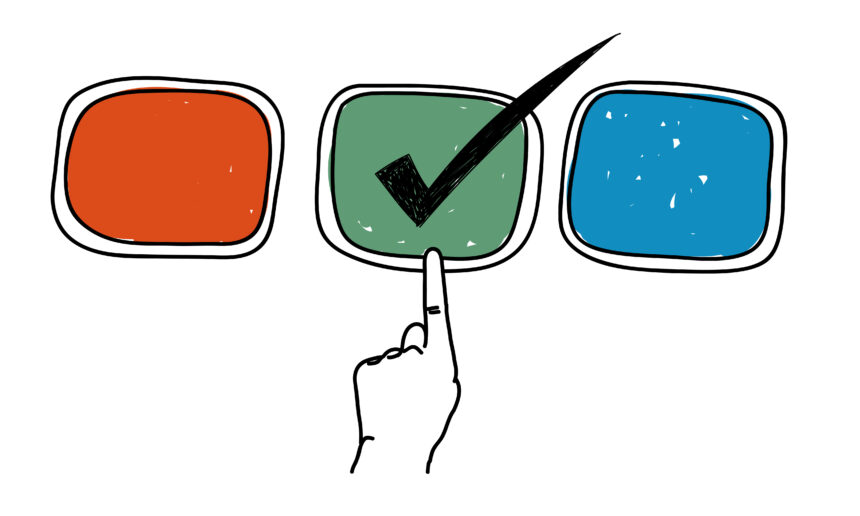Car insurance is an essential investment for any vehicle owner. It provides financial protection in the event of accidents, theft, or damage to your car. When purchasing car insurance, you may come across the term “excess.” Understanding excess and choosing the right amount is crucial for maximizing the benefits of your insurance policy. In this article, we will delve into the concept of excess and provide valuable insights to help you make informed decisions.
What is Excess?
Excess, also known as a deductible, is the amount of money you agree to pay towards a claim before your insurance coverage kicks in. Essentially, it is the portion of any claim that you are responsible for. For instance, if your policy has an excess of $500 and you make a claim for $3,000, you will need to pay the first $500, and your insurance company will cover the remaining $2,500.
Types of Excess
There are generally two types of excess: compulsory excess and voluntary excess.
- Compulsory Excess: This is the amount set by the insurance provider that you must pay in the event of a claim. It is non-negotiable and applies to all policyholders. The compulsory excess is usually determined based on factors such as your age, driving experience, and the type of vehicle you own.
- Voluntary Excess: As the name suggests, voluntary excess is the amount you choose to pay on top of the compulsory excess. Opting for a higher voluntary excess can help lower your insurance premium. However, it also means you will have to bear a greater financial burden in the event of a claim. Voluntary excess allows policyholders to have more control over their premiums, but it is essential to strike the right balance to avoid any undue financial strain.
Choosing the Right Amount of Excess
Determining the appropriate amount of excess for your car insurance policy requires careful consideration. Here are a few factors to keep in mind:
- Affordability: Consider your financial situation and how much you can comfortably afford to pay in the event of a claim. While a higher excess may lower your premium, it’s crucial to strike a balance and choose an amount that won’t strain your finances in case of an accident or theft.
- Risk Tolerance: Assess your risk tolerance level. If you are a cautious driver with a clean driving record and minimal chances of making a claim, you may opt for a higher excess. On the other hand, if you are a new driver or drive in high-risk areas, you might prefer a lower excess to mitigate potential financial burdens.
- Premium Savings: Evaluate how much you could save on your premiums by opting for a higher voluntary excess. It’s worth obtaining quotes for different excess amounts to see the impact on your premium. Remember to weigh the potential savings against the extra amount you would need to pay in the event of a claim.
- Insurance Policy: Review your insurance policy and understand the terms and conditions associated with excess. Different policies may have different excess structures and variations. Familiarize yourself with the details to make an informed decision.
- Personal Considerations: Consider any unique circumstances that may influence your excess choice. For example, if you have a leased vehicle or a high-value car, it may be prudent to opt for a lower excess to protect your investment.
Final Thoughts
Choosing the right amount of excess in car insurance is a delicate balance between potential savings and financial security. Assess your personal circumstances, evaluate the potential impact on premiums, and determine the level of financial risk you are willing to take. Remember to read your policy carefully and seek guidance from insurance professionals if needed. By understanding excess and making an informed decision, you can tailor your car insurance to your specific needs and ensure peace of mind on the road.










